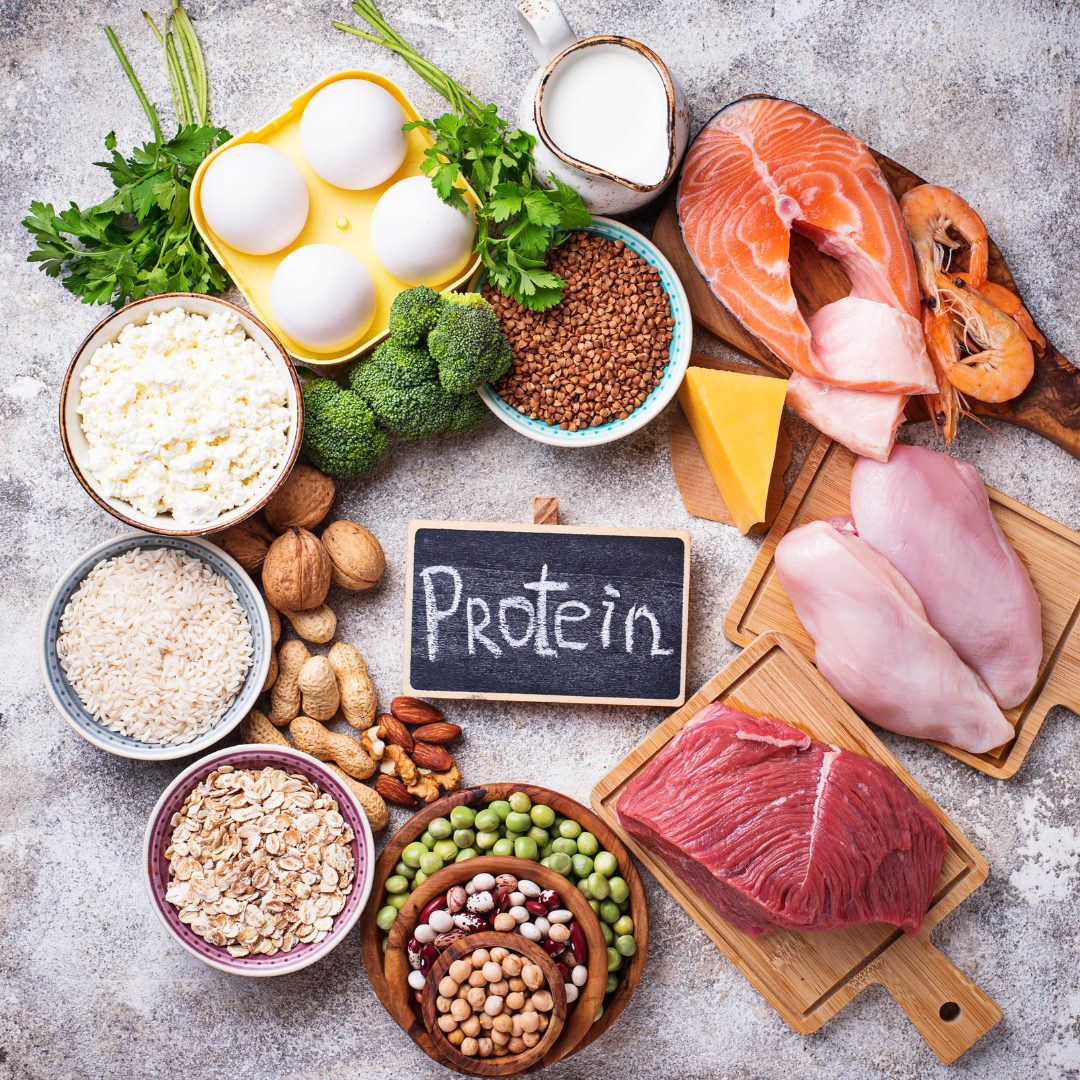 As we age, our bodies undergo significant changes, including a decline in muscle mass. Maintaining skeletal muscle is a key factor to aging powerfully. With each passing year after 30, we lose approximately 1% of muscle mass, 2-4% of strength, and 6-8% of power. This decline underscores the importance of adequate protein intake, a nutrient many of us fall short on. However, by prioritizing protein-rich foods and engaging in regular resistance training, you can mitigate these losses and support muscle growth and overall health and vitality.
As we age, our bodies undergo significant changes, including a decline in muscle mass. Maintaining skeletal muscle is a key factor to aging powerfully. With each passing year after 30, we lose approximately 1% of muscle mass, 2-4% of strength, and 6-8% of power. This decline underscores the importance of adequate protein intake, a nutrient many of us fall short on. However, by prioritizing protein-rich foods and engaging in regular resistance training, you can mitigate these losses and support muscle growth and overall health and vitality.
So, how much protein do you need?
Many researchers and nutritionists suggest the ideal target to be 0.8 to 1 gram of protein per kilogram of your body weight (see how to calculate below). However, we can keep it simple: aim for your portion of protein to be the size of your palm at every meal, AND eat it first. Eating your protein first comes with a multitude of benefits, from increased satiety to better sleep and enhanced fat burning.
To support muscle growth, here are five protein packed foods to incorporate into your diet:
1. Grass-fed/finished beef: Rich in amino acids, creatine, and conjugated linoleic acid (CLA), grass-fed beef promotes lean muscle mass. A 4-ounce serving packs approximately 29 grams of protein.
2. Wild fish: Opt for varieties like salmon, sea bass, or halibut, which are high in protein and omega-3 fatty acids. Consuming fish 2-3 times a week can provide around 35 grams of protein per 4-ounce serving.
3. Protein powder: An easy and convenient way to boost your protein intake, a single scoop of protein powder typically contains 25 grams of protein.
4. Greek yogurt: Look for options with at least 15 grams of protein per serving and minimal added sugars. Greek yogurt is not only delicious but also a great source of calcium and probiotics.
5. Eggs: A couple of whole eggs paired with additional egg whites can provide around 6 grams of protein per egg. Eggs are also rich in essential vitamins and minerals.
However, protein consumption alone is not enough to build muscle in midlife. Incorporating resistance training into your routine is crucial to your success along with at least 7 hours of restorative sleep. By challenging your muscles with exercises beyond your comfort zone, you stimulate muscle growth and adaptation. This, coupled with adequate protein intake, provides the necessary fuel for muscle repair and rebuilding.
In conclusion, don’t underestimate the power of protein in midlife. By fueling your body with enough protein and challenging your muscles with resistance training, you can maintain and even increase muscle mass, promoting longevity and quality of life as you age. Have a Balanced Body for a Balanced Life.
Here’s how to calculate your protein portion:
Convert your weight to kilograms: Divide your weight in pounds by 2.2 to get your weight in kilograms.
Multiply your weight in kilograms by the recommended protein intake range: For example, if you weigh 70 kilograms and you aim for 0.8 to 1 gram per kilogram of body weight, your protein intake range would be between 56 to 70 grams of protein per day.
This calculation provides a basic guideline for your daily protein needs. However, individual factors such as activity level, age, and specific health goals may influence your protein requirements. It’s always a good idea to consult with a healthcare professional or a registered dietitian for personalized dietary recommendations.



